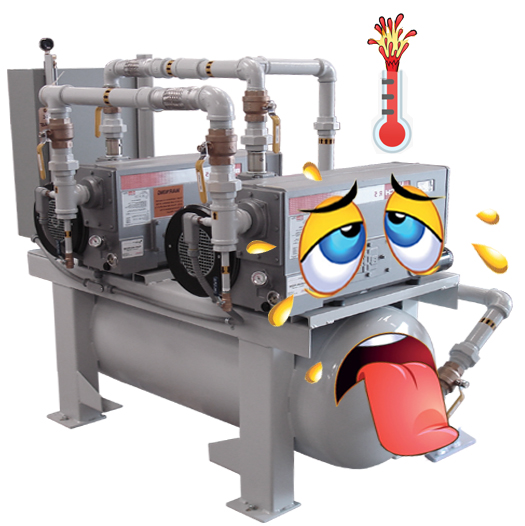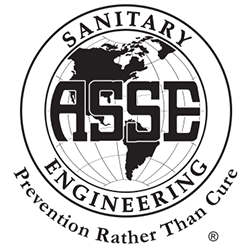
As the temperatures begin to climb and we brace for the heat of the summer, it’s a good time to take a look at how your medical air and vacuum systems are affected by the heat.
A regular maintenance program and continually looking after your source equipment is an excellent rule of thumb, but if your equipment rooms are so hot you can hardly breathe, all the TLC in the world isn’t going to help much. The equipment is still going to have a hard time keeping up.
One overlooked culprit in the heat equation is the pump itself. Compressors and vacuum pumps create a tremendous amount of heat, adding to the ambient mix. When room temperatures increase, the pumps work harder, creating even more heat.
It’s a vicious circle and if not handled properly, that heat can take a massive toll on your equipment. Although your pumps may seem to handle the heat okay, bad things are happening long before the machine shuts down.
Taking inventory of your equipment history could be a helpful tool:
- You are replacing pumps or motors more often than necessary
- The equipment is going into LAG or high temperature alarms
- The dewpoint monitor goes into alarm frequently
- Equipment rooms are consistently and substantially hotter than outside temperatures
All these can be indicators that your source equipment is pretty unhappy. Once the ambient room temperature approaches 100ᵒ F most pumps are getting very uncomfortable. Getting the room temperature down is critical. Most equipment manufacturers recognize 104ᵒ F as the maximum temperature your room should reach before damage can happen to pumps and/or components. NFPA has specific regulations regarding equipment ventilation. Reference NFPA99 2018 edition, section 5.1.3.3.3.
Your room should be ventilating as it was originally designed when the room was built. By testing the incoming BTU versus the outgoing BTU, you can calculate if there is an issue. Here are a few suggestions for finding the root cause(s) of your heat problems:
- Your ventilation system may be plugged
- The room exhaust is not working properly
- Perhaps new items have been added to the room, increasing the heat load
- Are the steam and hot water pipes well insulated and not overwhelming the room with heat
- Leaking steam or hot water pipes can cause high humidity, intensifying above problems
Repairing any one, or a combination of the above, will help to decrease the temperature surrounding your equipment making it easier for your equipment to operate properly and efficiently. If you would like some help devising a plan for removing room heat, contact us. We’ll be happy to help.









